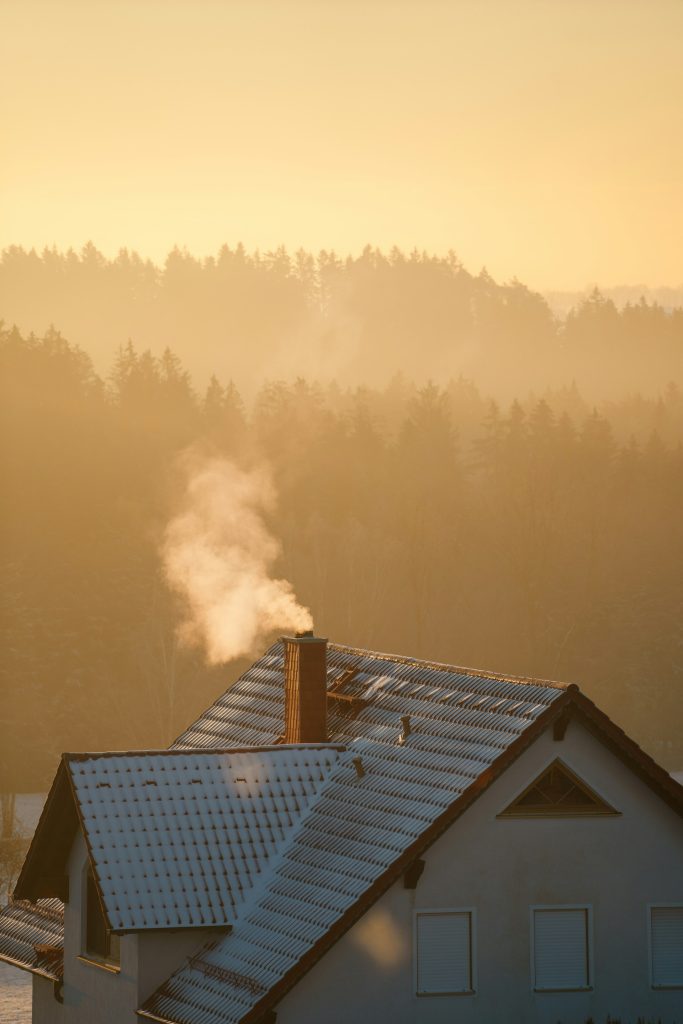Making your home more energy efficient can feel like a big undertaking, but it often starts with simple changes that have a noticeable impact. Energy efficiency isn’t just about lowering your utility bills, it creates a more comfortable living environment and reduces your home’s environmental footprint. By gradually incorporating a few thoughtful upgrades and behavioral adjustments, you can transform the way your home uses energy without compromising comfort or convenience.

Upgrade Your Heating and Cooling System
Heating and cooling your home account for a large portion of your energy use, particularly in climates with seasonal extremes. Older systems often work harder than necessary, using more power while providing less consistent temperatures. If you take a look at Hamilton heat pumps, as well as options available in Auckland and Wellington, you’ll notice that modern heat pumps are designed to efficiently provide both heating and cooling. This dual functionality makes them ideal for homes that experience cold winters and warm summers.
Beyond choosing the right system, proper sizing and installation are crucial. A unit that’s too small will run constantly without adequately heating or cooling your space, while an oversized one will cycle on and off inefficiently. Regular maintenance, such as cleaning filters and checking ducts, also keeps your system operating at peak performance. Pairing an efficient heating and cooling system with a programmable thermostat allows you to control indoor temperatures more strategically, so you only use energy when it’s needed.
Improve Insulation and Seal Air Leaks
Even the most advanced heating system can’t perform efficiently if your home leaks warm or cool air. Insulation acts as a protective barrier, reducing heat loss in winter and keeping unwanted heat out in summer. Attics, walls, and floors above unheated spaces are the best places to start improving insulation, as they are often the most significant sources of energy loss.
Equally important is sealing gaps and cracks that allow drafts to creep in. Common problem areas include window frames, door edges, and spaces around plumbing or electrical penetrations. Weatherstripping doors, caulking windows, and adding door sweeps can dramatically reduce air leakage. A properly insulated and sealed home stays comfortable longer, meaning your heating and cooling systems can run less frequently and use less energy.
Install Energy-Efficient Windows and Doors
Windows and doors are not just functional; they also play a critical role in how your home retains or loses energy. Single-pane windows or old, uninsulated doors can allow a surprising amount of heat to escape, making your HVAC system work harder. Replacing them with double- or triple-pane windows featuring low-emissivity coatings can reduce heat transfer while still allowing plenty of natural light to brighten your space.
Energy-efficient doors, particularly those with insulated cores or weatherproof materials, help maintain a stable indoor climate. If replacement isn’t an option, you can still improve efficiency by adding storm windows, installing heavy curtains, or using draft stoppers to limit heat loss. These upgrades reduce outside noise and make your home feel more peaceful year-round.
Switch to LED Lighting
Lighting makes up a smaller portion of your energy bill compared to heating or cooling, but the savings from switching to LEDs add up quickly. Incandescent bulbs waste most of their energy as heat, while LEDs use far less electricity and last many times longer. By replacing high-use fixtures in kitchens, living rooms, and outdoor spaces with LED options, you can lower energy use without sacrificing brightness or comfort.
Beyond simple bulb swaps, consider using dimmers and smart lighting controls to tailor your lighting to your schedule. Lights can automatically turn off when rooms are empty or adjust to take advantage of natural daylight. These small, automated changes reduce waste and create a home environment that adapts to your daily routine.
Adopt Smart Home Technology
Smart home devices are more than just convenient; they can be powerful tools for energy management. A smart thermostat learns your schedule and preferences, automatically adjusting temperatures for efficiency. This can mean slightly cooler temperatures at night or while you’re away, without you lifting a finger.
Other smart devices, like plugs and energy monitors, track how much electricity your appliances and electronics consume. This insight allows you to identify energy-hungry devices and adjust usage habits. You might discover that certain electronics are drawing power even when turned off and can then unplug them or use a smart strip to cut phantom loads. The combination of automation and awareness makes it easier to reduce unnecessary energy use while maintaining a comfortable home.
Use Appliances More Efficiently
Large household appliances like refrigerators, washers, and ovens contribute significantly to energy consumption. Replacing old models with Energy Star-certified appliances is one of the most effective ways to cut long-term energy costs. These appliances are engineered to operate efficiently without sacrificing functionality.
In addition to upgrades, small behavioral adjustments go a long way. Washing clothes in cold water, air-drying when possible, and running full loads in the dishwasher or washing machine reduce both water and energy use. Even repositioning your refrigerator away from heat sources like ovens or direct sunlight can improve its efficiency. Simple habits like these, repeated daily, can noticeably shrink your energy bills.
Incorporate Renewable Energy Options
Once your home is operating efficiently, adding renewable energy can amplify your savings. Solar panels are the most common residential choice, converting sunlight into electricity that can power your household. Even a modest array can offset a significant portion of your energy use, and in some regions, excess power can be sold back to the grid for credit.
Pairing solar energy with battery storage or using it to support heat pump systems creates a home that relies less on traditional energy sources. Depending on your location, wind or geothermal options may be viable. While these investments require upfront planning, they can dramatically reduce your long-term costs and environmental impact.

Making your home more energy efficient is a journey that combines practical upgrades with mindful daily habits. From improving insulation and upgrading heating systems to leveraging smart technology and renewable energy, every step contributes to lower bills and a more comfortable home. By approaching energy efficiency thoughtfully, you enhance your living environment and take meaningful action toward a more sustainable future.









